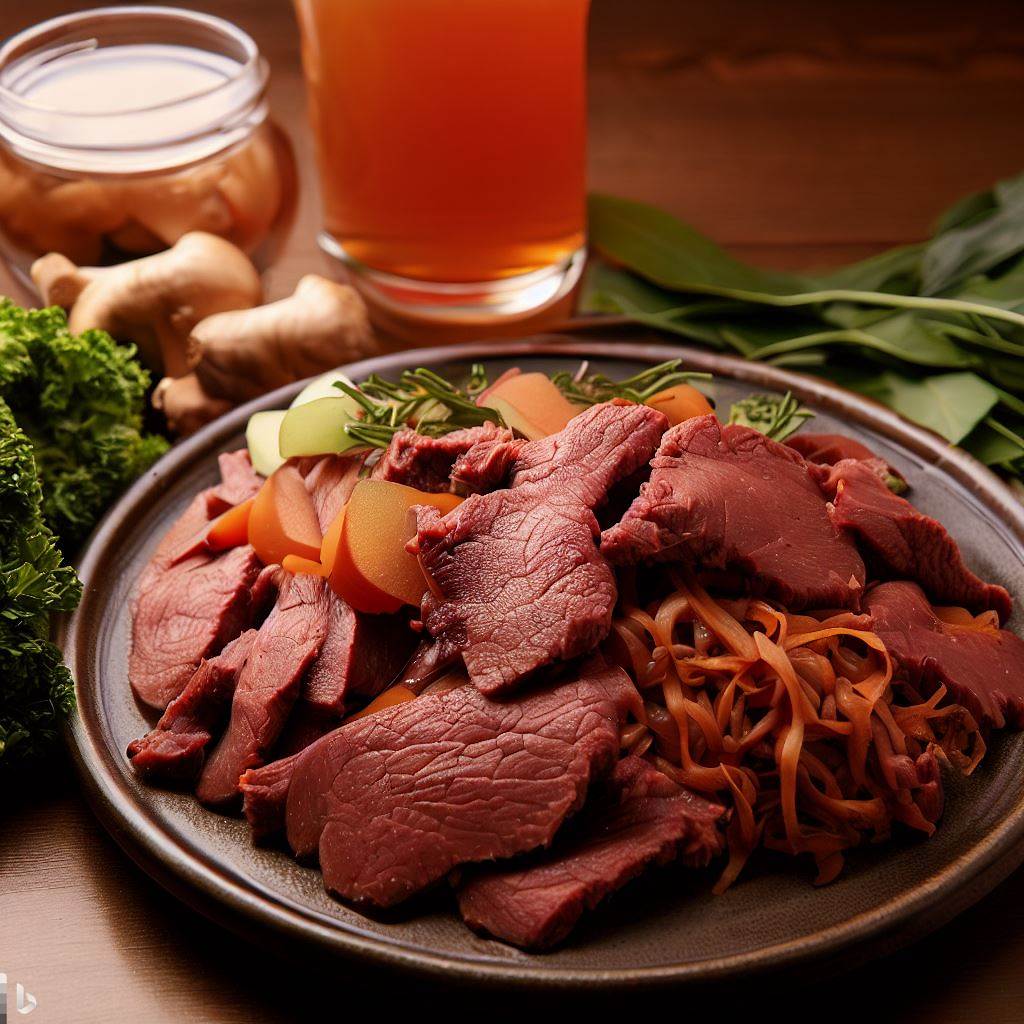The Art of Kombucha Third Fermentation a.k.a. F3: A Detailed Guide
The process of making kombucha involves a fascinating journey of fermentation, typically divided into two stages. However, there’s a lesser-known, optional stage called the third fermentation. This article will delve into the concept of third fermentation, its benefits, and how to do it. Let us begin!
Understanding Kombucha Fermentation
Before we dive into third fermentation, let’s quickly recap the first two stages. The first fermentation involves adding a SCOBY (Symbiotic Colony of Bacteria and Yeast) to sweetened tea. The SCOBY consumes the sugar, producing alcohol, carbon dioxide, and various organic acids, transforming the sweet tea into kombucha.
The second fermentation begins when the SCOBY is removed, and the kombucha is bottled with added flavorings like fruit or spices. This stage is where the kombucha becomes carbonated, as the yeast continues to consume the remaining sugars, producing carbon dioxide that’s trapped in the sealed bottle.
The Third Fermentation: An Overview
The third fermentation is an additional step that some kombucha brewers use to further refine the flavor and carbonation of their brew. It involves a second round of flavoring and fermenting after the initial second fermentation. This stage allows for a deeper infusion of flavors and even more carbonation, resulting in a more complex and fizzy kombucha.
Benefits of Third Fermentation

1. Enhanced Flavor: The third fermentation allows for a more profound infusion of flavors. It’s an excellent opportunity to experiment with different flavor combinations and create a truly unique kombucha.
2. Increased Carbonation: If you love a fizzy kombucha, the third fermentation is for you. The additional fermentation period can result in higher carbonation levels, giving your kombucha that effervescent kick.
3. Reduced Sugar Content: The third fermentation provides more time for the yeast to consume the remaining sugars, potentially reducing the sugar content of your kombucha.
5 Steps In: Third Fermentation
1. After the second fermentation, strain your kombucha to remove any fruit pieces or spices used for flavoring.
2. Next, add your chosen flavorings for the third fermentation. You could use the same flavorings as in the second fermentation for a deeper flavor, or try new ones for a layered flavor profile.
3. Bottle the flavored kombucha, ensuring to leave some headspace in the bottle to allow for carbonation. Seal the bottles tightly.
4. Allow the kombucha to ferment at room temperature for another 2-3 days. Remember, the exact time will depend on the temperature and your taste preference.
5. After the third fermentation, refrigerate your kombucha to halt the fermentation process and enjoy it chilled.
Safety Precautions
While the third ferment can enhance your kombucha, it’s essential to be aware of the increased pressure from the additional carbonation. Always use fermentation-grade bottles that can withstand the pressure to prevent explosions. Regularly check the pressure by slightly opening the bottles. If the pressure is too high, let out some gas before resealing. Also, to be extra safe you can store your room tempature fermenting kombucha in a cooler.
Conclusion
The kombucha third fermentation in brewing is an optional but valuable step for those seeking to enhance the flavor and carbonation of their kombucha. It provides an additional layer of customization, allowing you to create a brew that’s uniquely yours. As with all aspects of kombucha brewing, remember that patience and experimentation are key. Happy brewing y’all!
Wanting to Check out some Related Blogposts? Look no further:







